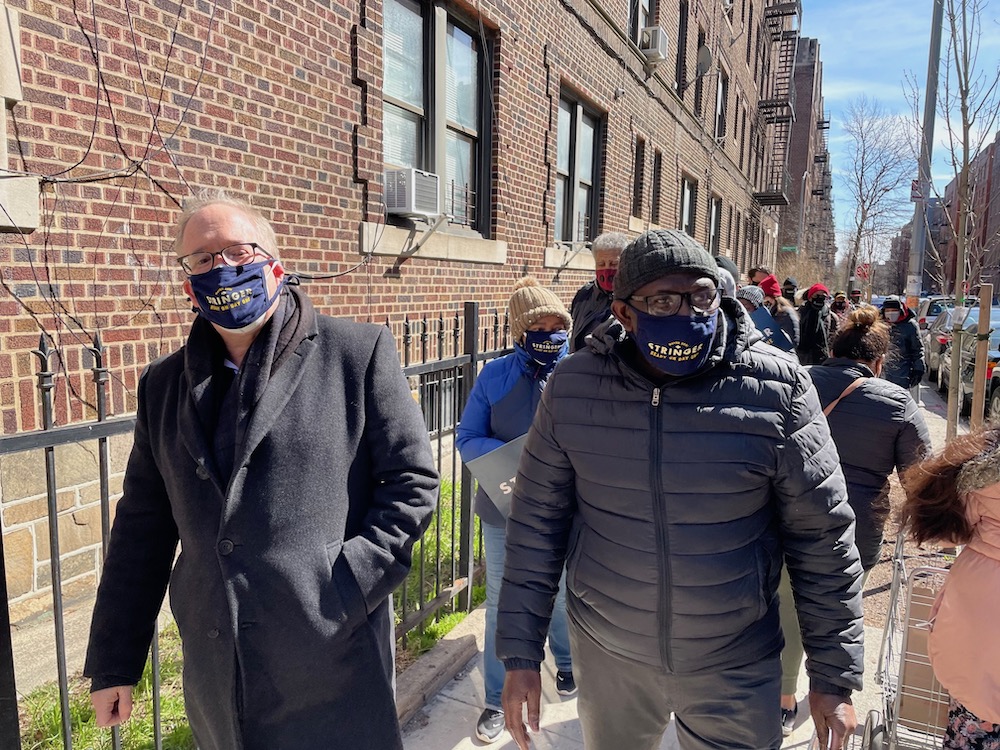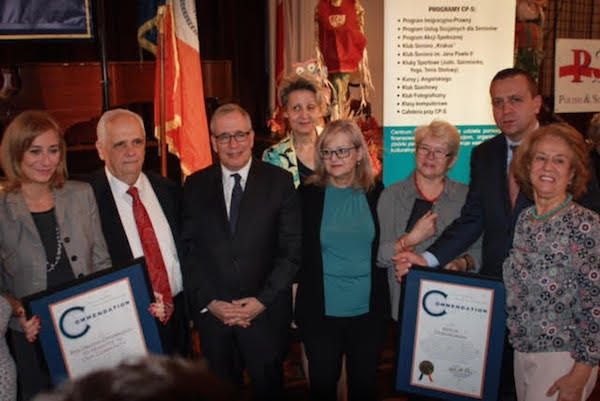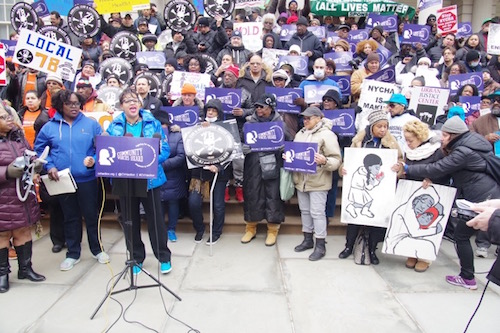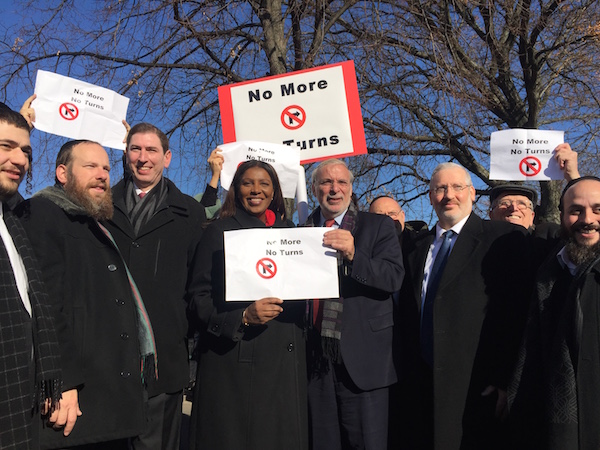As Andrew Yang visited a number of businesses in the orthodox Jewish neighborhood of Forest Hills in Queens this week on a cold Tuesday, I tagged along with one of his handlers, an old acquaintance of mine from campaigns past.
“That was a smart move appearing with Kathryn Garcia in Harlem to voice agreement on her brilliant “Reopen to Stay Open” plan to create a single small business City Permit accessible via smartphone,” I said.
“You like that, huh?”
“Yeah, especially after appearing with Maya Wiley just last week. That’s some smart politicking. Setting your guy Yang up for a lot of second and third ranked choice votes.”
My acquaintance smiled. “Different times call for different strategies,” he replied. “Did you see that Stringer presser for the Latino vote over the weekend? He drew less than ten people. He’s running a 1996 campaign in 2021.”
My acquaintance had a point. It’s 2021 and candidates have to consciously consider ranked-choice voting as part of their strategy. In Yang’s case, it makes perfect sense. Ranked-choice voting is the shared economy of politics and Yang’s the high-tech guy. The entrepreneur. The out of the box candidate with new solutions to old dilemmas.
Across Queens on the same Tuesday, Eric Adams was shoring up his support with the Asian immigrant community in Richmond Hills. Adams’ current strategy is to play hard to his Black, Hispanic and South Asian working-class base. At the same time, his stump speeches often note how he is the candidate who has always been here for the city in its time of need. No Johnny-come-lately with no history or knowledge of the city’s complexities – a veiled dig at Yang as an outsider.
It’s an old strategy, but it’s tried and true and just may work again. But it’s also a strategy that Garcia could use, and if she can energize the women’s vote as a block she could be a candidate to watch.
Then there’s Stringer, the current Comptroller, who has the second-largest campaign war chest, about $6.85 million left to spend. Despite this, he is polling badly behind Yang, Adams and Wiley.
Stringer was on the streets of Flatbush Brooklyn today pressing palms, banging elbows and introducing himself to voters with New York Communities for Change (NYCC) supporters beside him. The organization is an offshoot of the now-disbanded ACORN, a coalition of working families in low and moderate-income communities, who in the past has swung local and national elections.
NYCC has endorsed Stringer as did Stringer’s old boss, U.S. Rep. Jerry Nadler, and Democratic Socialists of America darling State Sen. Julia Salazar.
This contingent of endorsements continues Stringer’s play for the progressives and extreme left of the Democratic Party, which has considerable and growing clout.
Stringer is a veteran campaigner having been elected to the assembly and then Manhattan Borough President before becoming comptroller. And when I walked with him today in Flatbush he was confident and affable.
Polls go up and down but look, I’m a closer,” he said. “I was 20 points behind during the Spitzer campaign [for comptroller], remember and I closed strong. So I’m not worried about how you start the race, I’m worried about how you close strong and win the race, and that’s what I’ve always done.”
Spoken like a true strategist. If Yang or Adams can’t deliver a quick knockout punch, it’s a long way until June and anything can happen.
















